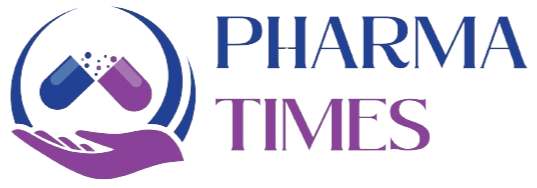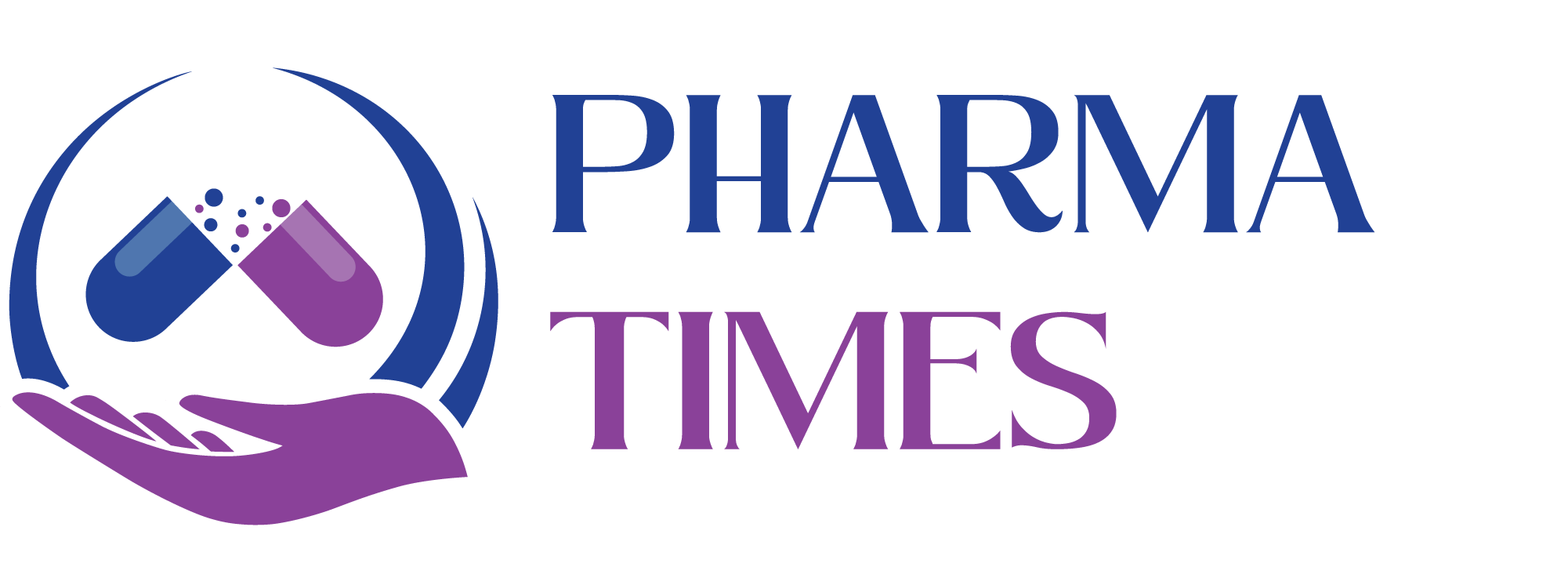Q6: Specifications

In pharmaceuticals, specifications are a set of standards, tests, analytical procedures, and acceptance criteria that define the quality requirements for materials and products. They ensure that every product consistently meets its intended safety, efficacy, and quality attributes.
Specifications are established for:
-
Raw materials / APIs: Identity, purity, potency, residual solvents, etc.
-
In-process materials: pH, assay, blend uniformity, etc.
-
Finished products: Appearance, assay, dissolution, related substances, microbial limits, etc.
-
Packaging materials: Identity and compatibility.
Each specification should be based on scientific data, validated analytical methods, and aligned with regulatory guidelines such as ICH Q6A (for chemical drugs) and ICH Q6B (for biotechnological/biological products).
Specifications act as quality standards and are part of the marketing authorization approved by regulatory agencies.
Key Elements of a Specification:
-
Test parameters (e.g., assay, impurities, appearance)
-
Analytical test methods (e.g., HPLC, GC, UV, IR)
-
Acceptance criteria (e.g., 98.0–102.0%)
References:
-
ICH Q6A: Specifications – Test Procedures and Acceptance Criteria for New Drug Substances and New Drug Products: Chemical Substances
-
ICH Q6B: Specifications for Biotechnological/Biological Products

